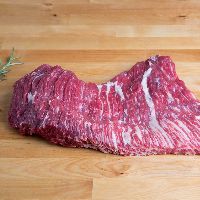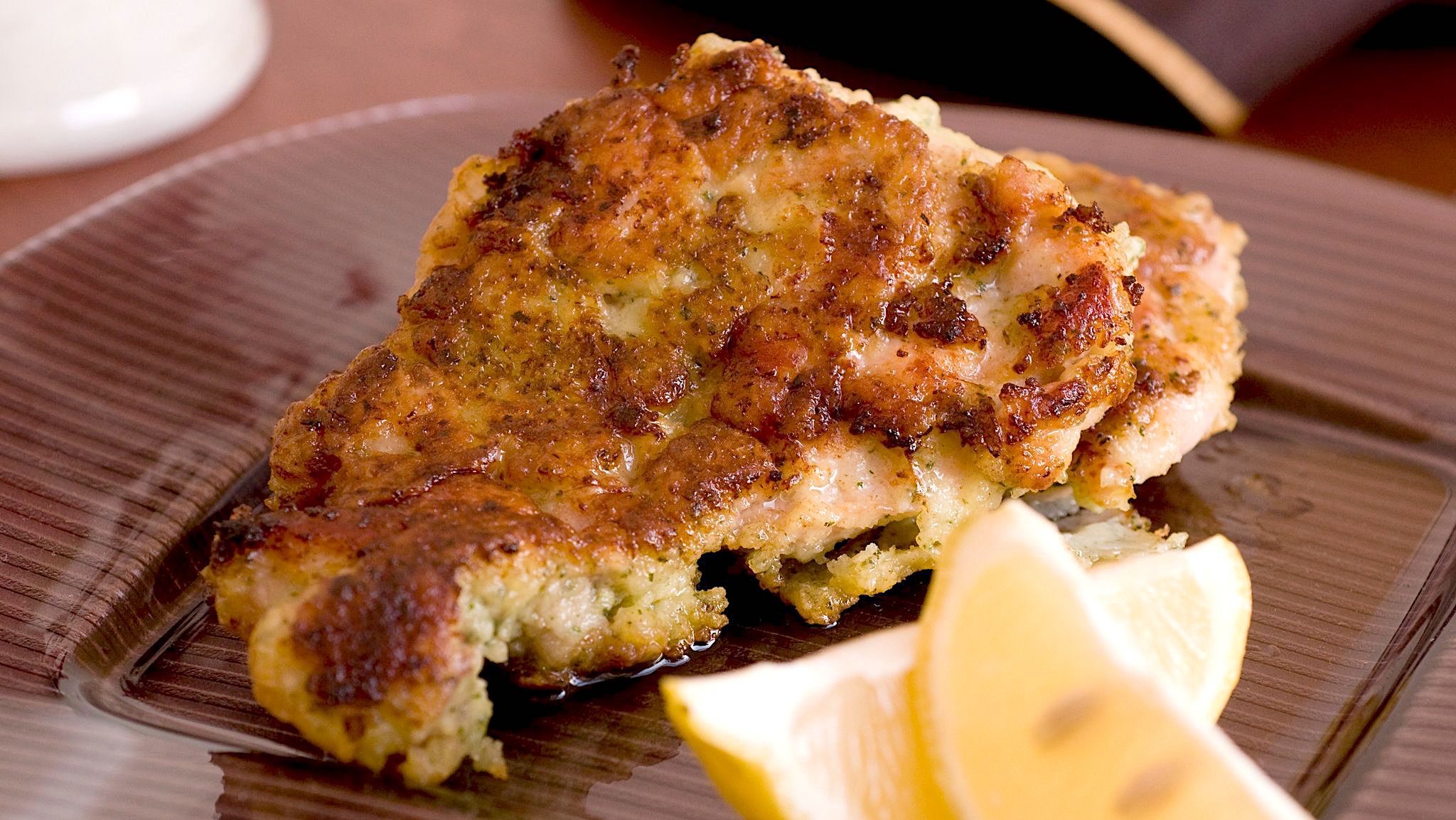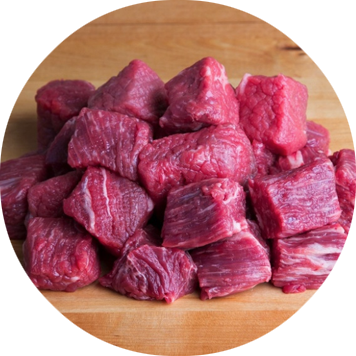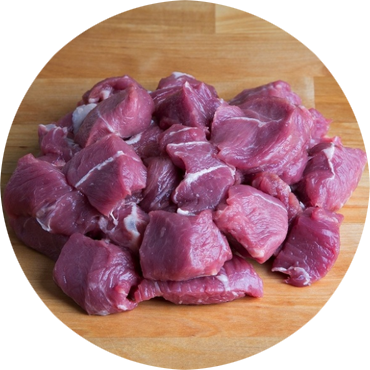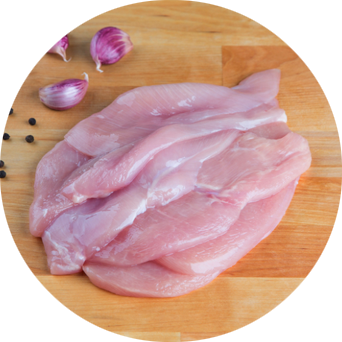Reprinted with permission from Modern Jewish Cooking: Recipes & Customs for Today’s Kitchen, Chronicle Books (2015)
Photo credit: Sang An
- 4-5 lb brisket, preferably Second Cut (see below for substitutions)
- kosher salt and freshly ground black pepper
- 1 tbsp vegetable oil
- 3 large yellow onions, halved through the root and thinly sliced
- 8 sprigs fresh thyme
- 8 garlic cloves, thinly sliced
- 2 bay leaves
- 1½ cups dry red wine
- 3 tbsp balsamic vinegar
- ¼ cup honey
- 1 tsp onion powder
- 1 tsp garlic poweder
- 1 cup chicken broth
Note: This recipe will work well with any braising roast. Try it with Top of the Rib (slightly less marbled than Second Cut Brisket), Deckel or Kalakel (increase cooking time).
- Preheat the oven to 325°F Generously sprinkle both sides of the brisket with salt and pepper.
- Heat the vegetable oil in a Dutch oven or large pot set over medium-high heat. Add the brisket and cook, turning once, until browned on both sides, 8 to 10 minutes total. (If the brisket does not fit all at once, cut it in half and sear it in batches.)
- Remove the brisket from the pot and set aside on a cutting board. Add the onions, thyme, garlic, and bay leaves to the pot, followed by ½ cup/120 ml of the wine and the vinegar. Cook, stirring often, until the onions soften slightly and the mixture is fragrant, about 5 minutes.
- Whisk together the remaining 1 cup/240 ml wine, honey, onion powder, garlic powder, broth, and 1 tsp salt in a medium bowl until fully combined. If you used a Dutch oven, lay the brisket on top of the onions and pour the wine mixture over the top. Cover and transfer to the oven. If you used a pot, transfer the onion mixture to a roasting pan and top with the brisket. Pour the wine mixture over the top. Cover tightly with aluminum foil and transfer to the oven.
- Cook the brisket for 2 hours. Remove from the oven, uncover, and carefully turn the meat to the other side. Re-cover and continue cooking until the meat is fork-tender, 2 to 2 1/2 hours more.
- Remove from the oven and transfer the brisket to a cutting board. Cover loosely with foil and let rest for 10 to 15 minutes before slicing. Locate the thin lines running in one direction along the brisket and use a sharp knife to cut thin slices perpendicular to those lines. Remove and discard the thyme sprigs and bay leaves from the cooking liquid. Use a slotted spoon to remove the onions and arrange around the brisket. Spoon the desired amount of pan juices over the brisket. Serve hot.

